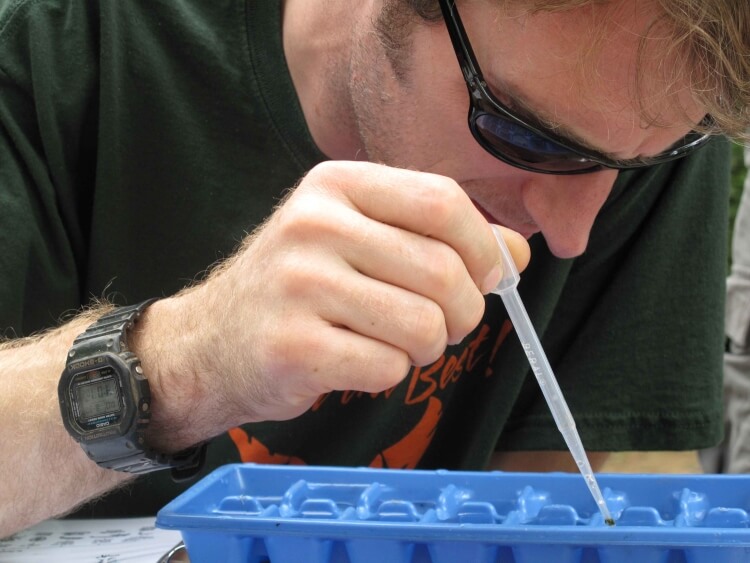846
Calcium Sensing Receptor (Phospho-Thr888) Antibody
Calcium Sensing Receptor (Phospho-Thr888) Antibody
CASR
P41180
Rabbit
H, M, R
120 kDa
1 mg/ml
Phospho
854-903
Hs.435615
anticorps
Polyclonal
WB IF ELISA
H:T888 M:T888 R:T888
145980/146200/239200/601199
Stable at -20°C for at least 1 year.
Extracellular calcium-sensing receptor; CaSR; Parathyroid Cell calcium-sensing receptor; PCaR1; CASR; GPRC2A; PCAR1
Rabbit IgG in phosphate buffered saline (without Mg2+ and Ca2+), pH 7.4, 150mM NaCl, 0.02% sodium azide and 50% glycerol.
If you buy Antibodies supplied by Assay Biotech they should be stored frozen at - 24°C for long term storage and for short term at + 5°C.
Calcium Sensing Receptor (Phospho-Thr888) Antibody detects endogenous levels of Calcium Sensing Receptor only when phosphorylated at Thr888.
The antiserum was produced against synthesized peptide derived from human Calcium Sensing Receptor around the phosphorylation site of Thr888.
The antibody was purified from rabbit antiserum by affinity-chromatography using phospho peptide. The antibody against non-phospho peptide was removed by chromatography using corresponding non-phospho peptide.
The receptors are ligand binding factors of type 1, 2 or 3 and protein-molecules that receive chemical-signals from outside a cell. When such chemical-signals couple or bind to a receptor, they cause some form of cellular/tissue-response, e.g. a change in the electrical-activity of a cell. In this sense, am olfactory receptor is a protein-molecule that recognizes and responds to endogenous-chemical signals, chemokinesor cytokines e.g. an acetylcholine-receptor recognizes and responds to its endogenous-ligand, acetylcholine. However, sometimes in pharmacology, the term is also used to include other proteins that are drug-targets, such as enzymes, transporters and ion-channels.
